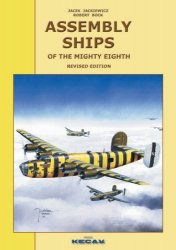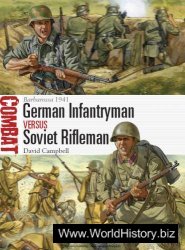In the early part of this century C. J. Jireiek wrote that mediaeval Serbian soldiers were excellent fighters in their native mountains and forests but, in the words of Cantacuzene and Kydones, ‘did not much care for fighting away from home’ — indeed, Cantacuzene described the greater part of their army as ‘a useless lot’. This view is that of an enemy, however, and in fact it is clear that under the right conditions Serbian cavalry could put on a pretty impressive display: they broke the Ottoman left flank at Kossovo, won the Battle of Nicopolis for the Turks with their decisive charge, and even broke through Tamerlane’s troops at Ankara. Doukas describes the attack of the Serbians at Ankara as being launched ‘with martial fury, tilting their lances in the face of the Tartars. When the Tartars saw their ferocious and daring charge they opened their ranks and let them through. . . When the Serbs turned, the Tartars again opened their ranks and let them through. Many fell on both sides.’ Charging again, they broke through the enemy’s centre, ‘dispersing them with great force and unhorsing many’ — no mean feat considering that Tamerlane’s army was at that time the most consistently successful in the known world.
The characteristic Serbian battlefield formation comprised 3 divisions as in Western Europe, but with the notable difference that the cavalry formed the front lines with the infantry behind them, the role of Serbian infantry being to mop up in the wake of the cavalry and otherwise support their attack. Many Serbian infantry were archers and crossbowmen, and Temperley states that the ‘deadliness of Serbian archery was recorded by Western crusaders’.




 World History
World History









